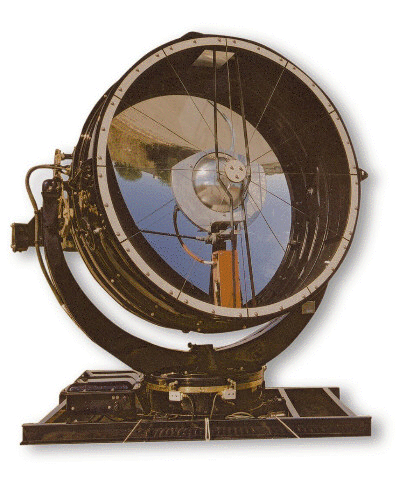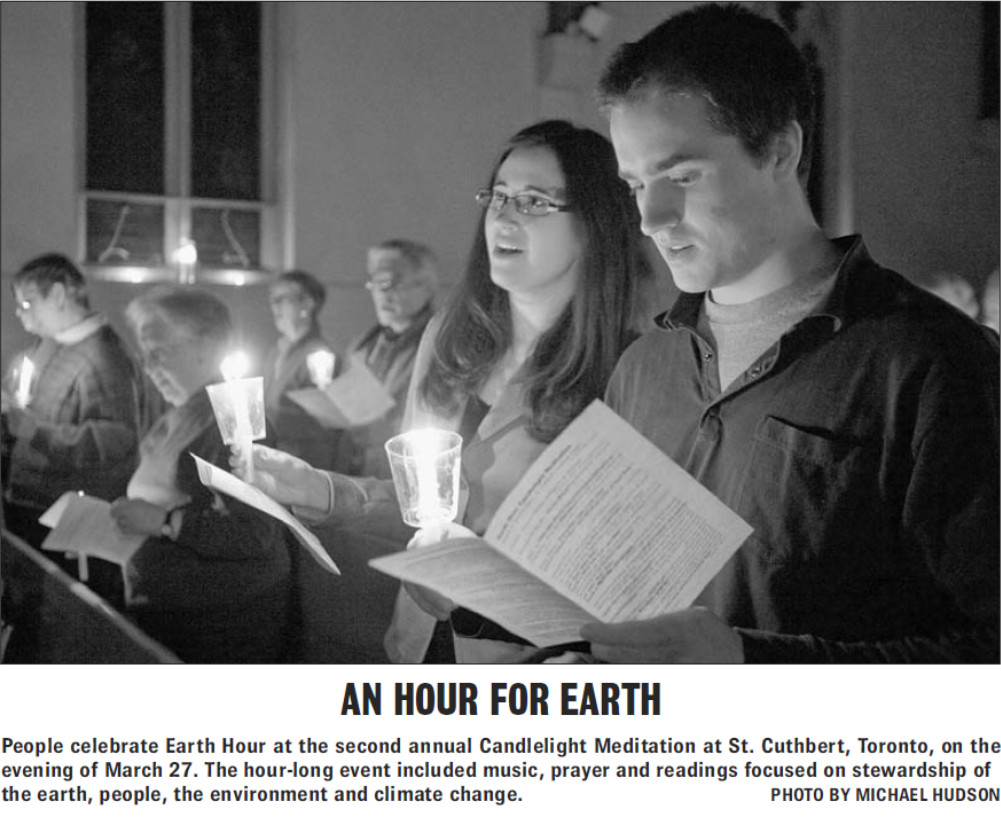St. Cuthbert’s in the Diocese of Toronto prides itself on its “environmental awareness”: it observes earth hour by igniting toluene polluting candles and, apparently, conducts eco-funerals; I’m not sure what they are but perhaps the bodies are cremated by candle heat.
In this spirit of Gaia awareness, St. Cuthbert’s has reinterpreted the parable of the good Samaritan. The answer to the question posed to Jesus, “And who is my neighbor?” has been expanded to include trees. For my part, that seems like an excellent idea: trees are so much easier to like than people – they don’t argue, fight, complain, or flatulate.
 From here:
From here:
“For a long time, we’ve really struggled with (the question) what does that mean to love your neighbour? Now we are entering into this idea that neighbour should include endangered species,” LaFleur said.
To end the day, the massive white oak tree outside of the church was officially recognized as an Ontario Heritage Tree. Forests Ontario has been recognizing trees that have unique features, historical relevance, or artistic significance since 2009. For Canada’s 150th anniversary, Forests Ontario will be recognizing 150 notable trees.




 I can’t help noticing that everyone is holding a paraffin wax candle.
I can’t help noticing that everyone is holding a paraffin wax candle.